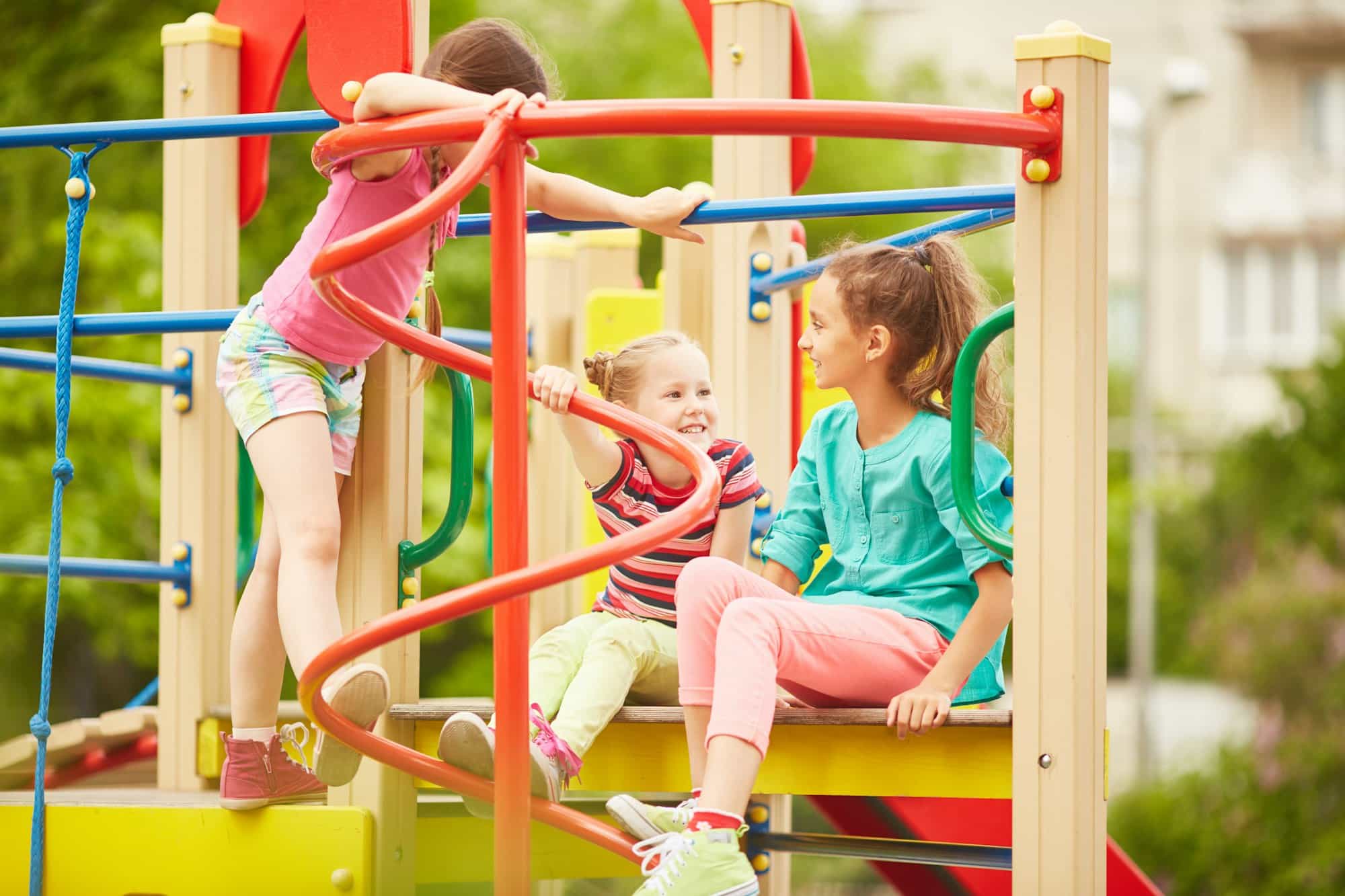How to Design a Multi-Generational Playground in UK’s Urban Parks?

In an era where the importance of public spaces and community interaction is underscored, urban parks are gaining momentum as vital elements in city planning. These green spaces serve as the lungs of our cities, providing a much-needed escape from concrete jungles and fostering social cohesion among a diverse range of ages and cultures. One effective way to encourage inclusivity and intergenerational interaction is through the design and development of multi-generational playgrounds. This article offers essential guidance on how to design playgrounds that cater to the needs of all age groups, promote health and physical activities, and essentially transform urban parks into a hub of community life.
Understanding the Characteristics of a Multi-Generational Playground
Creating a playground that caters to all age groups requires a careful understanding of the design elements and characteristics of a multi-generational playground. These are spaces that encourage interaction between different age groups, promote physical health, and foster community bonding.
Also to see : What’s the Potential of Virtual Reality in UK’s Vocational Training?
A multi-generational playground should provide a variety of physical activities suitable for all age groups. From children’s play areas to exercise equipment for adults and seniors, the design needs to consider the physical abilities and limitations associated with each age.
Inclusivity is another crucial aspect. The playground’s layout and equipment should be accessible for people with disabilities, thereby promoting inclusivity and ensuring that nobody feels left out. Safety is paramount, and each piece of equipment and activity area needs to adhere to health and safety standards.
Also to see : What’s the Latest in Deep Sea Exploration Technology and Its Impact on UK Research?
Besides, a multi-generational playground should foster social interaction. Spaces for rest and conversation, such as benches or picnic tables, can facilitate interactions between different age groups and create a sense of community.
Implementing Universal Design Principles in Playground Development
Universal design principles are the cornerstone of creating a space that is accessible and usable by all, regardless of age, ability, or other factors. When designing a multi-generational playground, these principles can guide the development process and ensure the space is truly inclusive.
Firstly, the park should be equitable in use. This means it should cater to the diverse range of abilities, age groups, and interests in the community. From the youngest children to the oldest adults, everyone should be able to engage in meaningful activities within the park.
Flexibility in use is another important principle. The design should accommodate a wide range of individual preferences and abilities. For instance, playground equipment should be adaptable to different skill levels and physical abilities.
The design should also be simple and intuitive, with easy-to-understand instructions or guidelines for using the facilities. This ensures that first-time visitors, including children and older adults, can navigate the park and use the facilities without difficulty.
Incorporating Outdoor Activities to Promote Physical Health
Outdoor activities are a crucial part of any multi-generational playground. They not only provide fun and entertainment but also promote physical health and well-being.
Designing spaces that encourage a variety of outdoor activities is vital. For children, this could include slides, swings, and climbing structures that stimulate their motor skills and physical development. For adults and seniors, incorporating fitness equipment or walking paths can encourage regular exercise and promote cardiovascular health.
It’s also essential to consider seasonal changes and weather conditions in the UK. Designing areas for shade during summer and shelter during rain can ensure that the park remains a conducive environment for outdoor activities year-round.
Ensuring Social Inclusion through Intergenerational Interaction
One of the key benefits of a multi-generational playground is its potential to foster social inclusion and community bonding. By designing spaces that encourage interaction between different age groups, parks can become hubs of social activity.
Intergenerational interaction can be facilitated through the strategic placement of seating areas and picnic spaces. These provide opportunities for conversation and shared experiences. Additionally, organizing regular community events or activities within the park can help bring people together and foster a sense of community.
Moreover, children can benefit immensely from interacting with older generations. Studies show that such interactions can improve children’s social skills, promote respect for elders, and provide opportunities for learning and mentorship.
Leveraging Community Input and Scholar Studies in Playground Design
A collaborative approach that engages the local community can enhance the success of a multi-generational playground project. By consulting the community, park developers can gain insights into the needs and preferences of the people who will be using the park.
Holding community meetings or conducting surveys can provide valuable feedback on the proposed design. For instance, parents might have specific safety concerns, while older adults could suggest additional facilities that promote physical health.
Scholar studies can also provide valuable insights into effective playground design. Crossref studies, for instance, can offer evidence-based recommendations on how to design a playground that promotes physical activity, social interaction, and inclusivity.
Designing a multi-generational playground is a complex process that requires careful planning and consideration. However, by understanding the characteristics of such a playground, applying universal design principles, promoting outdoor activities, fostering social inclusion, and leveraging community input and scholar studies, it’s possible to create a playground that truly serves the diverse needs of the community.
Incorporating Scholar Studies in Designing Playgrounds
When planning a multi-generational playground, one valuable resource that can be utilised are scholarly studies. These research-driven pieces offer a wealth of information regarding effective design principles, as well as insights into the benefits of such spaces.
Many scholars have investigated the topic of multi-generational playgrounds, with research available on platforms such as Google Scholar, Crossref and Pubmed Crossref. These studies can provide evidence-based recommendations in terms of design elements, safety precautions, and engagement strategies.
For instance, studies in the field of physical education and public health highlight the advantages of incorporating different types of physical activities within the playground. This includes not just play equipment for children, but also fitness stations for adults and older people that promote cardiovascular health and motor development.
Research conducted in the field of education and psychology underscores the positive effects of intergenerational interaction in fostering social skills and mutual respect among children and elders. Furthermore, studies in the field of urban planning and community development emphasise the role of public spaces like parks and outdoor playgrounds in creating age-friendly communities.
Therefore, integrating findings of scholar studies into the design process can ensure that the playground will be not only engaging and inclusive, but also beneficial to the overall physical and mental well-being of all community members.
Collaborating with the Community in Playground Design
Another vital component of designing a multi-generational playground is community involvement. Collaboration with community members can ensure that the playground meets the needs and preferences of those who will use it most frequently.
Engaging with the community can be done in several ways. Holding community meetings, conducting surveys or even organizing design workshops are excellent methods to gather feedback and ideas. This open communication allows for a better understanding of what the community values in a green space and can offer unique insights that may not be obtained from scholarly resources.
Community input is crucial in ensuring that the playground is safe, accessible and relevant. For instance, parents may raise concerns about safety features in children’s play areas, or suggest additions that can enhance a child’s motor skills or perceptual motor development. Older adults, on the other hand, may recommend specific exercise equipment or amenities that would encourage them to spend more time at the park.
By creating an open dialogue with the community, urban planners can ensure that the multi-generational playground will be a beloved and frequently used space within the neighbourhood.
Conclusion: Building a Vibrant Community Space
Planning and designing a multi-generational playground in the UK’s urban parks involves understanding the specific characteristics these spaces should possess, implementing universal design principles, promoting physical activities and social interaction, and incorporating valuable insights from both scholarly studies and community members.
Such playgrounds have the potential to transform urban parks into vibrant community hubs, promoting not just health and physical activity, but also fostering intergenerational relationships and social cohesion. It is a complex task, but with careful planning and a collaborative approach, it is entirely possible to create a playground that is age-friendly, engaging and beneficial to all members of the community.
Creating such a space goes beyond providing a place to play or relax; it becomes a tangible testament to the community’s commitment to inclusivity, health, and mutual respect among generations. With the completion of a successful multi-generational playground, urban parks evolve into a setting where memories are made, relationships are formed, and community ties are strengthened.
